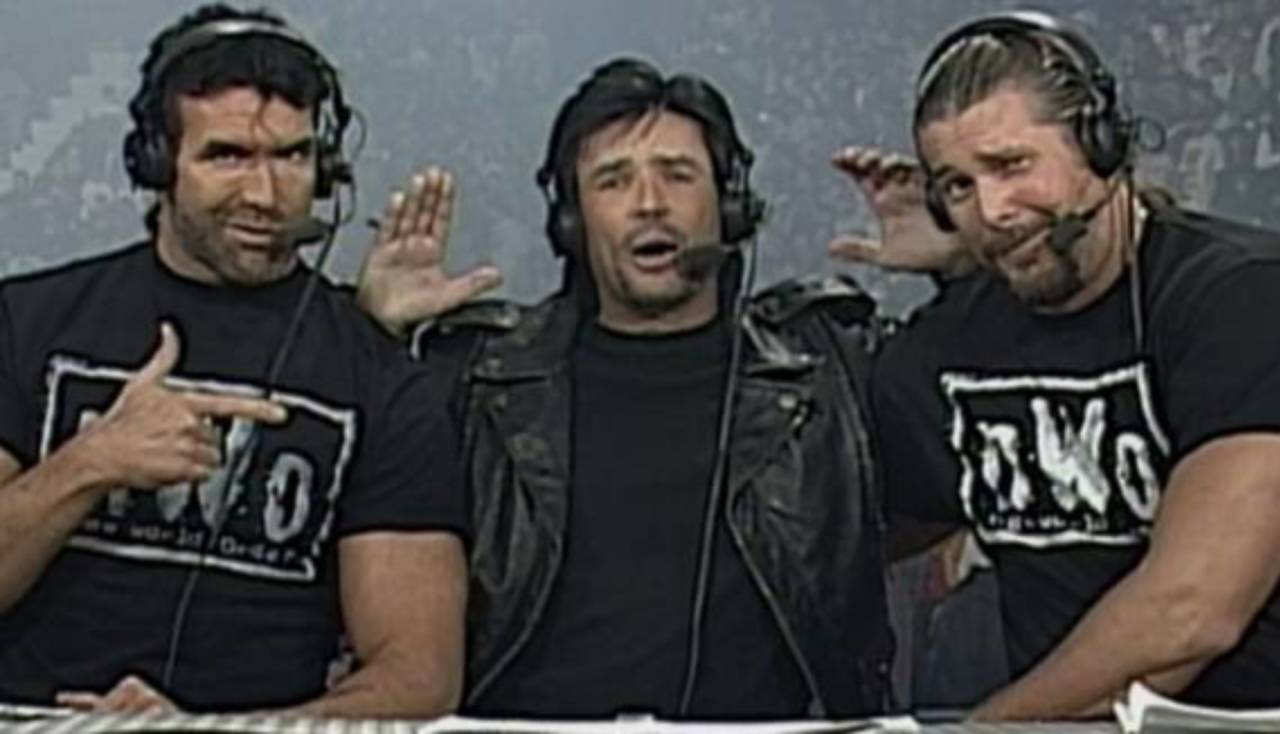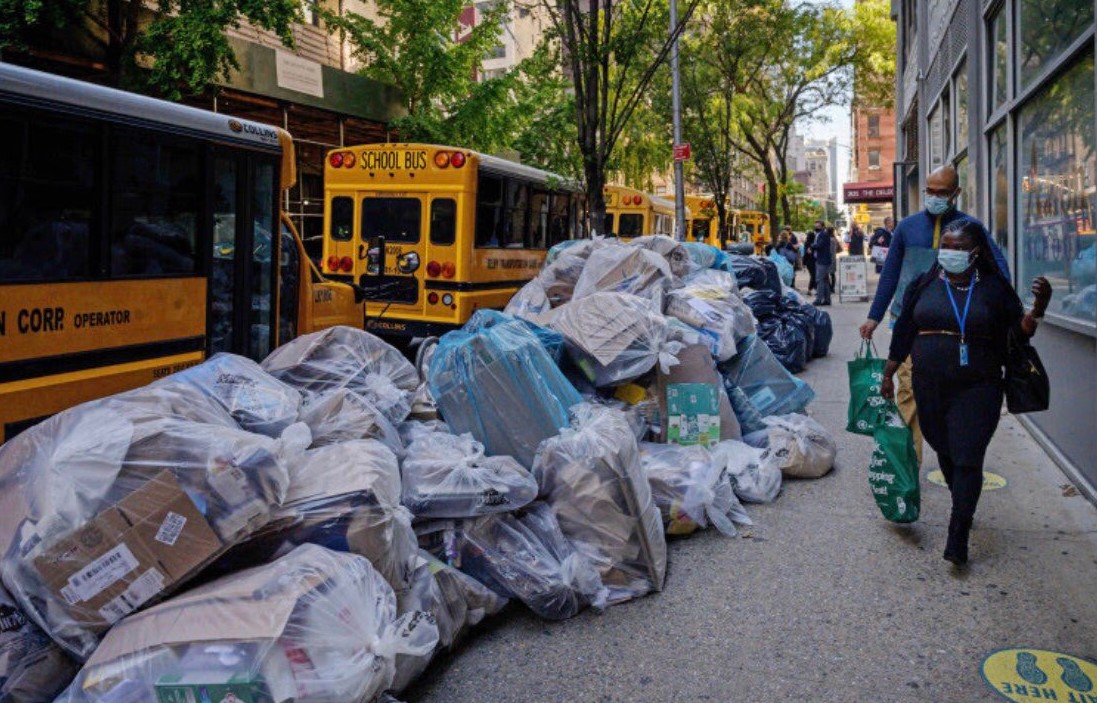
De Blasio is now presiding over a humanitarian emergency on Rikers Island, the city’s main jail complex, where a shortage of guards led already poor conditions to collapse into scenes of chaos and death.
His signature Vision Zero initiative, which set the goal of reducing traffic fatalities to zero, fizzled this year as car-related deaths reached their highest point since de Blasio took office nearly eight years ago. The death of a 3-month-old baby this month sparked protests against the mayor.
Powerful labor unions the Democrat has long counted as allies — and would need in his corner if he has any hope of winning a Democratic primary for governor next year — are hauling him into court over his vaccine mandate for city workers and publicly bucking his push to end remote work. On Friday, those unions won a victory after a federal court judge put a hold on de Blasio’s inoculation requirement, days before it was to go into effect.
And a deluge brought by Hurricane Ida laid bare the city’s long-standing struggles to steel itself against storms and climate change, causing the deaths of 13 New Yorkers, most of whom drowned inside basement apartments. The mayor responded, in part, by blaming shoddy weather forecasts.
The recent troubles led the New York Daily News to blast the mayor on its front page as “BILL DE FAIL-SIO.”
While some issues, such as climate-driven extreme weather and pandemic-related traffic, are largely beyond the mayor’s control, others, such as Rikers and city infrastructure, fall squarely on his desk. His critics contend the troubles he’s facing stem from problems that have not been adequately addressed for years and are coming back to bite the mayor in his last 100 days.
“When I think about de Blasio, I think about this tri-part combination of negligence, laziness and distraction,” said Fordham University’s Christina Greer, a political commentator who co-hosts a podcast on New York politics. “An overall lack of interest in the nitty gritty, day to day.”
The mayor gave a more positive assessment as he brought up his legacy during a press briefing last week. He cited a higher high school graduation rate, the building or preservation of 200,000 affordable apartments, the construction of 500 miles of new bike lanes and the long-term decrease in crime. Those milestones are reflected in an annual report of city statistics.
“All of these things — they said couldn’t be done,” de Blasio told reporters. “As I’m preparing to leave office, I’ll be speaking about some of the lessons learned. Don’t believe the naysayers is one of the biggest lessons. Because all of these massive changes were supposed to be, in the eyes of many observers, impossible, and yet they all happened. And that gives me such hope for this city.”
But the same report he was touting — the annual Mayor’s Management Report released this month — also revealed some of the problems that have piled up as de Blasio’s term comes to an end.
Rikers in crisis
At Rikers Island and other city jails, the rate of violent incidents surged by 22 percent in the 2021 fiscal year compared with the previous year. Assaults on staff jumped 24 percent, and use of force by guards was up 10 percent.
Things have gotten only worse recently as a large share of correction officers have called in sick or failed to show up to work. Many of those who do report are forced to work triple shifts.
Eleven people have died at Rikers so far this year. Lawmakers who recently toured the jail described overcrowded cells, cell blocks dirty with human waste and vermin and a man who attempted suicide in their presence.
“The inmates are running the jail. … Inmates are beating each other practically to death, and correction officers are doing nothing. They are left to fend for themselves,” said Gisel Pineyro, whose 28-year-old son is incarcerated at Rikers. “Inmates are dying. Inmates are getting raped at a scale he has never seen before. … He does not sleep because of the amount of inmates getting raped and he is genuinely afraid for his life.”
Related posts:
Views: 0
 RSS Feed
RSS Feed

















 September 27th, 2021
September 27th, 2021  Awake Goy
Awake Goy 





 Posted in
Posted in  Tags:
Tags: 
















